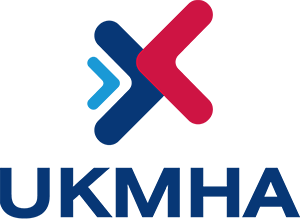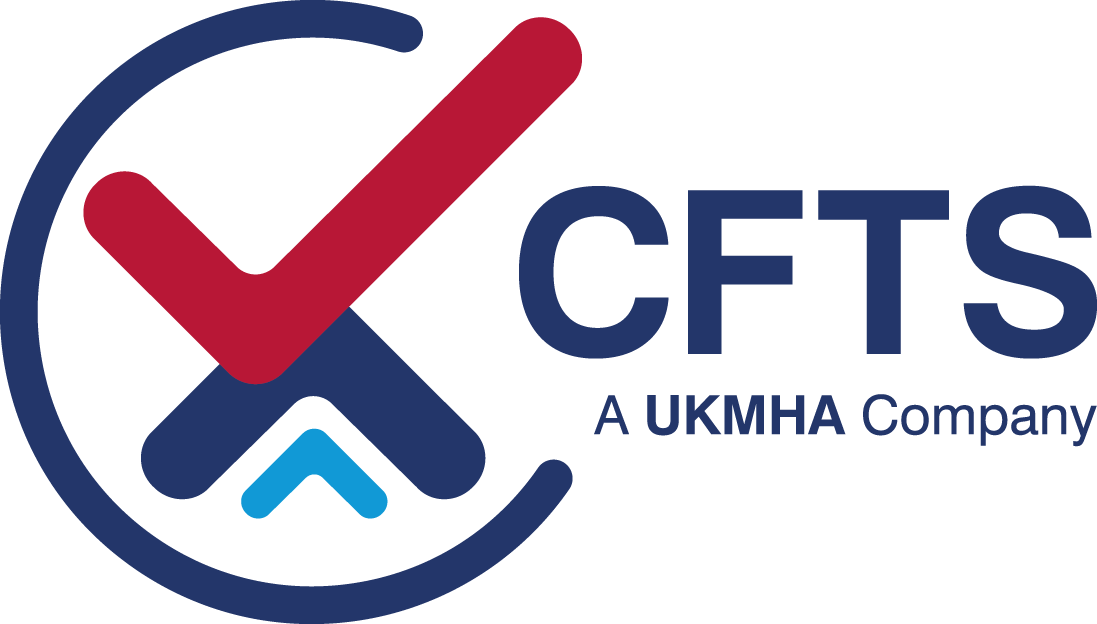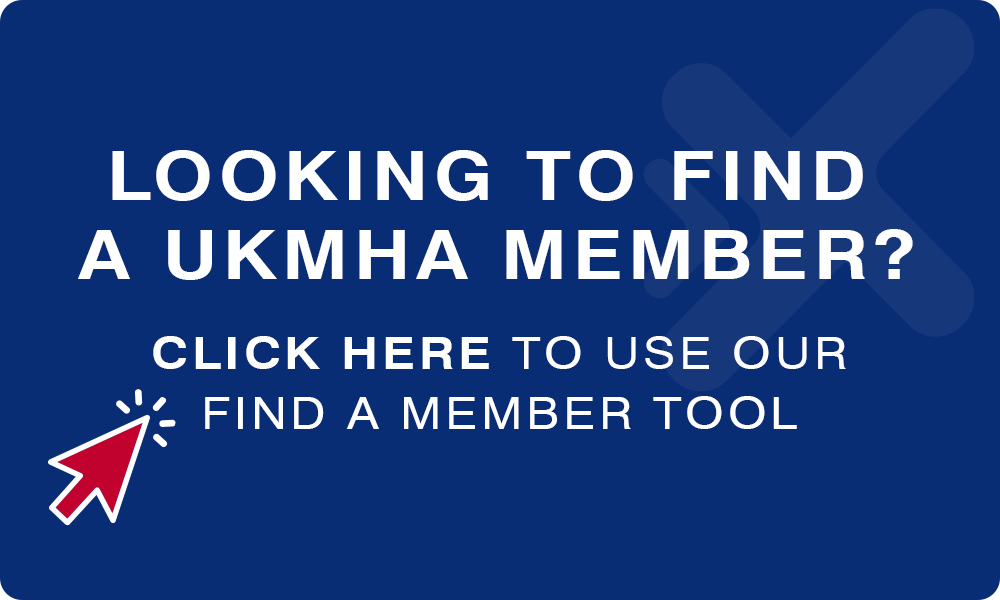By Cameron Burnett, Director, UK Material Handling Association (UKMHA)
The UK Material Handling Association (UKMHA) is the voice of the UK material handling industry. We are working tirelessly to raise awareness of safety in this sector and help our members and the wider industry reduce the number of accidents in the industries where moving material is an essential part of business operations.
In the UK alone there are a significant number of businesses, with responsibility for thousands of workers safety, where manual handling equipment performs daily tasks. Factories and warehouses typically have dangerous working environments, material handling is just one of the many potential hazards which include falls, collisions and tip-overs.
A fork lift truck is one of the most useful pieces of workplace equipment but without a safe operating protocol can be dangerous. Almost daily there will be at least one major fork lift truck accident in the UK when an employee will be hospitalised or worse with long-term consequences for victim and employer alike. In addition, there will be countless minor incidents causing painful injuries, reducing productivity and damaging trucks, racking and valuable stock that will all be costly to businesses.
You can protect your workers and yourself with our free four-step guide ‘Safer site essentials’ that helps manage safety risks with simple actions. These steps cover the key basics for fork lift operation.
1. Safe Management
As a manager or supervisor, you set the standards and working practices that keep everyone in your organisation safe so equip your leaders first, and the rest should follow.
- Choose a fork lift safety champion who is
- Committed to improving the safety of fork lift truck operations.
- Willing to dedicate the time to supervise and oversee safety improvements.
- Appropriately trained to take on the role.
- Competent to identify and assess workplace potential hazards.
- Confident to lead internal meetings and act appropriately when bad practice occurs.
- Organise manager and supervisor training
When it comes to ensuring safety, managers have ultimate responsibility. They don’t need to be able to operate a fork lift truck, but do need the skills and knowledge to:
- Understand all tasks performed and the risks involved.
- Oversee regular site and equipment inspections.
- Ensure practices are in place to minimize risk.
- Download L117 ACoP
This HSE publication is the fork lift managers’ bible. It outlines the seven main pieces of legislation regulating the use of industrial trucks, and how to stay within the law. Every fork lift manager should have a copy. (/helplines/advice-centre/l117-an-introduction-to-the-hses-flt-code-of-practice-for-operators/)
- Share best practice and learn from others
Observing how other sites identify safety issues and what safety precautions they have taken, can be a real eye-opener. It will provide you with ideas and options to take back and implement.
2. Safe Operators
A fork lift truck is only as safe as the person operating it. For this reason the safety awareness of your operators is critical.
- Identify and carry out training for all operators and, ideally, colleagues who work around them.
- Regularly reinforce your training. The ACOP requires you to monitor and assess your operators on a regular basis and provide refresher training when necessary.
- Ensure the use of seat restraints
Seat restraints are a vital part of fork lift safety especially when there is a major incident, with a truck turning on its side or falling off the back of a lorry or loading bay.
- Carry out regular pre-shift checks
Regardless of whether your fork lift trucks are used full time or occasionally, pre-shift tests are a cornerstone of safety and operators need to take responsibility for ensuring they’re done.
- Re-enforce breakdown procedures
No matter how well maintained your vehicles, breakdowns are inevitable. Your operators must be prepared for this, and at the very least make sure they know what to do in this situation.
3. Safe Site
The environments in which your trucks and people work is a big factor in eliminating risk. Here are the main elements to consider.
- Remove layout and design risks
- Segregate pedestrians and trucks where possible
,and ensure any crossing points are clear and well signposted.- Aisles should be wide, free of obstacles and ideally one-way.
- Consider speed and the use of wall-mounted mirrors to enhance visibility.
- Minimise reversing and ramp use.
- Provide high levels of lighting and ventilation.
- Provide separate spaces for truck parking and maintenance.
- All sites kept clean, tidy and maintained.
- Train non-operators
Most people injured in fork lift truck incidents are not operators, consider training for those working in the same areas as fork lifts. This will help them understand the practical issues faced by operators and how they can help minimise the risk to themselves and others.
- Encourage ownership and reporting, and enforce standards
Encouraging workers suggestions and acting upon them will give everyone a sense of ownership and involvement. Enforcing standards with regular refreshers and written materials is a must, as is encouraging people to freely report issues and incidents.
4. Safe Trucks
To be safe, a fork lift truck user needs:
- To conduct a site survey and choose the right trucks
Different working environments require different trucks. You must make sure you have the right truck for your site, and the job in hand.
- Safety equipment and explosion proofing
Information on important site safety equipment, including explosion proofing, can be found in the Layman’s Guide to Fork Lift Trucks. (/safer-site-essentials-four-trucks/)
- To carry out preventive maintenance
Routine maintenance, carried out in accordance with the manufacturer’s recommendations to ensure the safe and efficient operation of the truck, is an essential part of preventing accidents.
- Thorough examination
Thorough examination is a legal requirement, and must be carried out by a competent person at least every 12 months.
This article covers basic fork lift safety, there is much more to learn regarding this topic and to achieve best practice.


